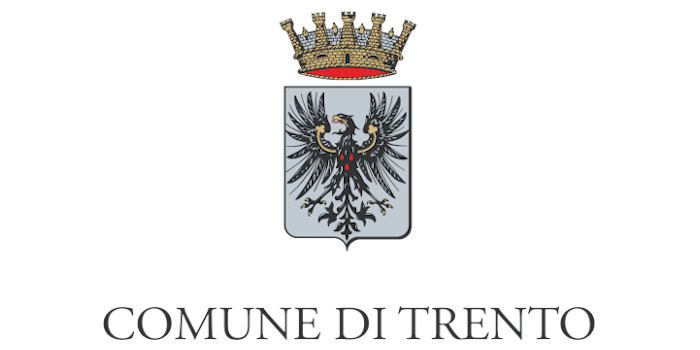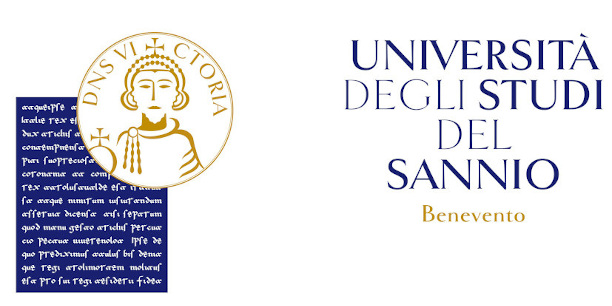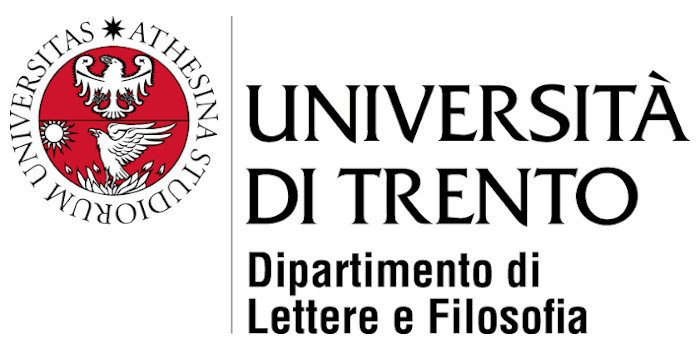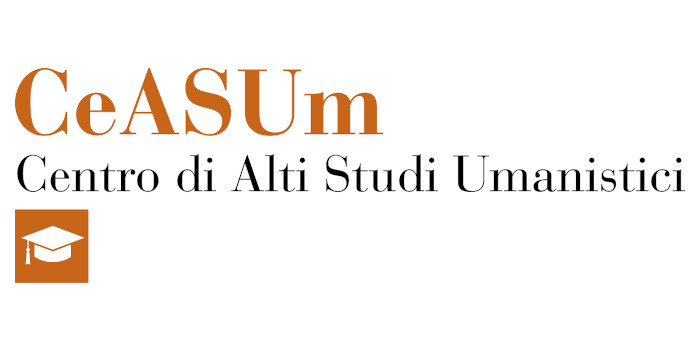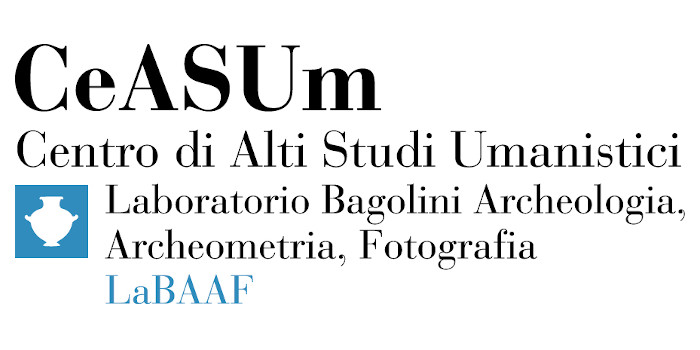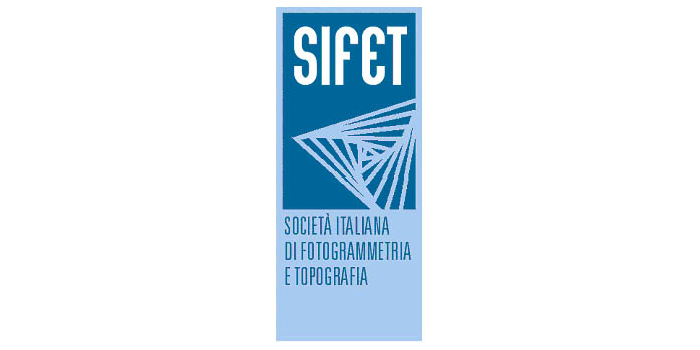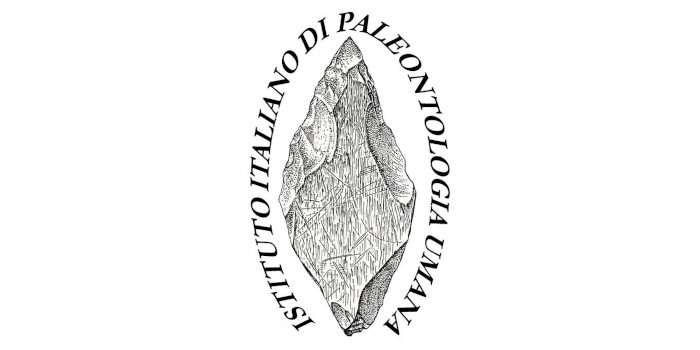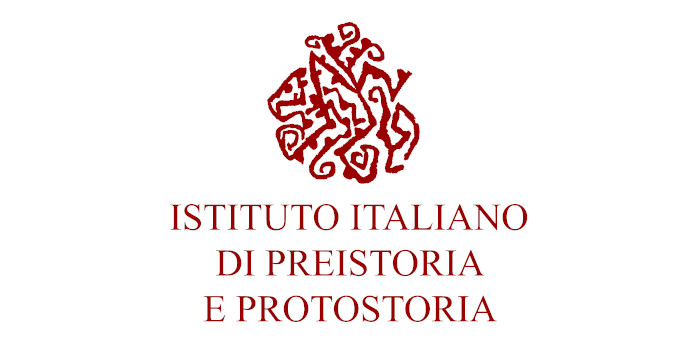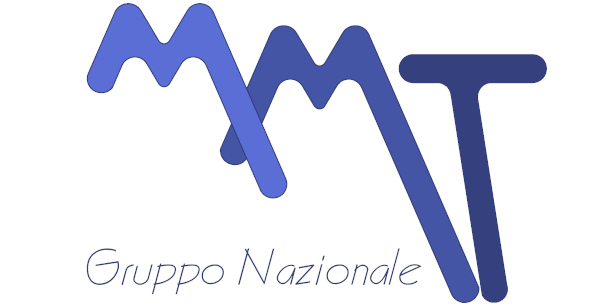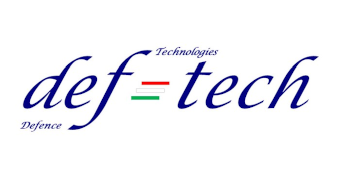Session 1 - Digital Replica Of An Ancient Artefact
Paolo Bosetti
Dpt. of Industrial Engineering, University of Trento, Italy
Ciro Malacarne
ProM Facility, Italy
Abstract
The advent of digital manufacturing can prove a powerful tool for Archaeologists: from 3-D scanning technologies to additive manufacturing, it is now possible to create one (or more) precise replica of an artefact or - by exploiting reverse engineering techniques - to create lost parts of an existing artifact that perfectly match fracture surfaces, in a matter of minutes.
The 3-D digital models are also a valid tool per se: easy to share and safely study/explore, even with tools and approaches taken from industrial dimensional metrology.
TOOLS AND DEVICES
The demo is presented from the laboratories of ProM Facility (http://promfacility.eu), a prototyping facility co-operated by the University of Trento.
Among the rest, the facility has significant equipment for additive manufacturing and reverse engineering. For this demo, we are proposing the usage of relatively lowcost devices and systems, which yet allow to obtain high quality results.
In particular, we are going to show the usage of:
- SLA 3-D printer
- Software for dealing with triangulated surface models
- Software for basic metrology analysis
- Software for print job preparation
TASKS
The demo follows a schedule that goes from the description of setup to the final result:
In particular, we are going to show the usage of:
- Description of devices and tools needed for making the replica;
- 3D scan of the artefact with a structured light scanner;
- Digital model: resolution, reconstruction of triangulated model from point cloud, model cleanup, watertightness, consistency of surface normals, dimensional verifications, dimensional metrology, boolean operations;
- Setup of digital model for SLA additive manufacturing;
- Choice of available materials for SLA;
- SLA process setup, printer preparation, and print process;
- Finishing of the replica.
METHOD OF PRESENTATION
The demonstration is presented in live streaming with slides, camera takes of the practical activities, and screen capture for software tasks.
The whole demonstration takes 40 minutes.
Session 2 - Evidence of thermal processing of iron-rich materials during Prehistory
Giovanni Cavallo
Institute of Materials and Constructions, University of Applied Sciences and Arts of Southern Switzerland - SUPSI, Switzerland
Abstract
The intentional use of fire by the first human beings is a topic still debated. The general agreement
is that the use of fire has been one of the most prominent development during Prehistory (Aldeias et
al., 2012, p. 2414). In this regard, the pyro-technological transformation of the yellow goethite into
red hematite was common, intentional (Salomon et al., 2015, p. 109), and consolidated practice in
Prehistoric archaeological contexts. Mineralogical structural analyses using X-ray Powder
Diffraction (XRPD) and Transmission Electron Microscopy (TEM) have been successfully used for
studying artificial hematite and for the estimation of the relevant transformation temperature
(Cavallo et al., 2018, p. 1058). This protocol was developed in collaboration with the Dept. of
Industrial Engineering of the University of Trento (Italy). This is possible thanks to the selective
peak broadening of (proto)-hematite in diffraction profiles, and characteristic size and morphology
of the pores consequent to water loss in TEM images of synthetic goethite (Pomiès et al., 1999, p.
284-285).
Experimental thermal treatments, over a temperature range of 250 up to 1000 °C, have been carried
out on natural goethite with the scope to compare the effects of heat treatment on natural goethite
with (heated) synthetic goethite, also for reviewing the temperature values reported in
archaeological ochre samples (Cavallo et al., 2018, p. 1058).
The mineralogical analysis demonstrated that selective broadening of some diffraction peaks occurs
during the transformation for temperatures between 200-600 °C, in accordance with experiments
conducted on synthetic goethite samples (Pomiès et al., 1999, p. 284-285)The TEM analyses
confirmed the crystallographic data obtained from XRD and at the same time provided a complete
insight into the microstructural features brought about by the thermal treatments conducted on
goethite. In particular, it was observed that small and well-aligned pores form in the temperature
range 200-400 °C whilst at temperature of 600 °C the morphology of the pores, their distribution
and the size change significantly. At 800 °C this change is more marked, and at 1000 °C the
recrystallization process is complete. The combination of XRPD and TEM analysis represents a
valid analytical methodology for evidencing heat treatment of goethite mineral pigment and
temperatures reached during the thermal process.
Key-words: Artificial hematite, heat treatment of natural goethite, Prehistory
Session 3 - Measuring the sound: metrology of historical bow stringed instruments
Franco Zanini
Elettra - Sincrotrone Trieste, Italy
Abstract
In the past years X-ray computed tomography (CT) has successfully entered the field of applied metrology because it offers several advantages with respect to traditional coordinate measuring systems at the micro scale: non-destructive inspection of internal geometrical features, verification of parts in assembled state, simultaneous dimensional quality control and material quality control, and reconstruction of complete and high-density pointclouds in relatively short time. As exhaustively described in literature, this non-destructive dimensional measuring technique is based on the acquisition of multiple X-ray projections taken from different angular positions and allows a holistic three-dimensional reconstruction of the geometry of the measured object. The use of synchrotron radiation (SR) as a source of X-rays, adds additional advantages to the technique. SR facilities produce high-flux, monochromatic, highly collimated X-ray beams with high brightness, allowing reduced exposition times and a more efficient data analysis. The energy of the emitted beams can also be tuned in a way that contributes to the optimization of the signal-to-noise ratio as a function of the sample composition, shape and size.
A common application of SR-CT metrology applied to the field of cultural heritage is the analysis of historical violins in order to produce high-quality replicas. SYRMEP, the X-ray imaging beamline at Elettra, has been working routinely on the CT structural analysis of ancient bow stringed instruments during the last decade, and some related results will be shown.


